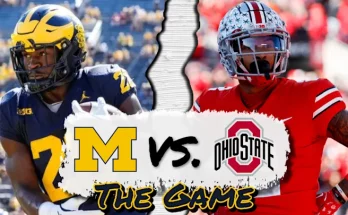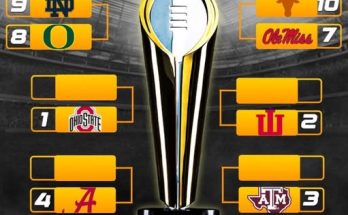When Oklahoma City Thunder general manager Sam Presti reflected on one of the more challenging moments of last season, his story wasn’t about a game-winning shot, a blockbuster trade, or a major free agent signing. Instead, it was about a quiet moment away from the court, in the back hallways of an arena last November, when the team’s promising young big man Chet Holmgren was in serious pain. Holmgren, still early in his NBA career, had gone down with an injury that forced him out of action and into the care of the medical staff. The spotlight of the arena was behind them, but in that moment, Presti noticed something that revealed more about the Thunder’s culture than any box score ever could. Jaylin Williams and Isaiah Hartenstein, two of Holmgren’s teammates, didn’t leave his side. They stayed with him the entire time in the back, offering quiet support, helping him through the discomfort, and simply being present when it mattered most.
It was not an easy scene to be part of. Presti recalled how the tension and discomfort in the air made it difficult to even stand there as a bystander. Seeing someone endure that much pain—especially a young player with so much promise—cuts deeper than the usual aches and bruises of a long NBA season. Yet Williams and Hartenstein didn’t shy away from the moment. They didn’t rush back to the bench to catch the rest of the game, nor did they leave Holmgren in the care of medical professionals alone. They understood that sometimes the most important thing a teammate can do is simply be there, even if there’s nothing tangible to fix or say.
For a franchise that has emphasized culture and togetherness, this was exactly the kind of act that doesn’t show up in the win-loss column but has ripple effects throughout the locker room. Presti made it clear that moments like these shape the identity of a team. While talent, skill, and strategy are all critical to success in the NBA, the intangible factor of trust—knowing your teammates will stand by you when things get tough—is what often separates a group of individuals from a true team. This wasn’t about veteran leadership speeches or formal gestures; it was about instinct and empathy. Williams and Hartenstein responded not as basketball players, but as people who understood the vulnerability of a teammate in distress.
Holmgren, whose combination of size, skill, and defensive instincts has made him one of the most intriguing young players in the league, had already faced adversity before. His rookie year was lost entirely to a foot injury, and his return last season had been met with excitement both in Oklahoma City and across the NBA. An injury scare in November threatened to derail that momentum, and in those tense minutes behind the scenes, the mental and emotional toll was just as real as the physical pain. Having teammates there, silently lending their presence, likely made a difference in how Holmgren processed the moment. It’s one thing to endure pain; it’s another to endure it alone.
Presti’s retelling of the moment wasn’t just to highlight two players’ kindness—it was a reminder of how deeply human the NBA is beneath all the athletic spectacle. The league is built on competition, yes, but it’s also built on relationships. Every season is filled with emotional highs and lows, and teams that can navigate those together are often the ones that surprise people come playoff time. Hartenstein, who brought with him a reputation as a tough and selfless player, and Williams, a young forward known for his infectious energy and team-first mindset, didn’t hesitate when Holmgren needed them. That decision, though small in the grand scheme, is the type of thing coaches and executives remember long after the box score fades from memory.
The word “uncomfortable” came up repeatedly when Presti spoke about it, and that’s telling. Pain—whether physical or emotional—has a way of making people want to retreat. It’s easier to step away, to convince yourself that you can’t help, or to leave it to professionals. But staying in that space, being there without flinching, requires a willingness to share in that discomfort. It’s not glamorous. It’s not something that gets you an endorsement deal or a headline highlight. It’s simply what good teammates do. In a league where so much attention is on scoring averages and contract numbers, that kind of loyalty can be overlooked, but within the team, it builds a foundation that can’t be replicated by any play call or offseason signing.
Holmgren eventually returned to action and continued to show why the Thunder have invested so heavily in him as a cornerstone of their future. His resilience on the court has been evident, but perhaps equally important is the knowledge that he is surrounded by players who will back him up in the moments that don’t make the highlight reels. Presti’s anecdote might have seemed small in the grand narrative of an 82-game season, but in truth, it speaks volumes about the identity the Thunder are building. Teams are tested in countless ways—injuries, losing streaks, off-court distractions—and those who stick together through the hard moments are the ones most likely to thrive when the pressure is at its highest.
In the end, the story wasn’t about the specifics of Holmgren’s injury or even about his recovery timeline. It was about the simple act of staying. Hartenstein and Williams didn’t solve anything medically, but they didn’t need to. What they offered was presence, and in the world of professional sports—where pressure, expectations, and constant scrutiny are the norm—that presence can mean everything. It was a quiet reminder that, even in the



